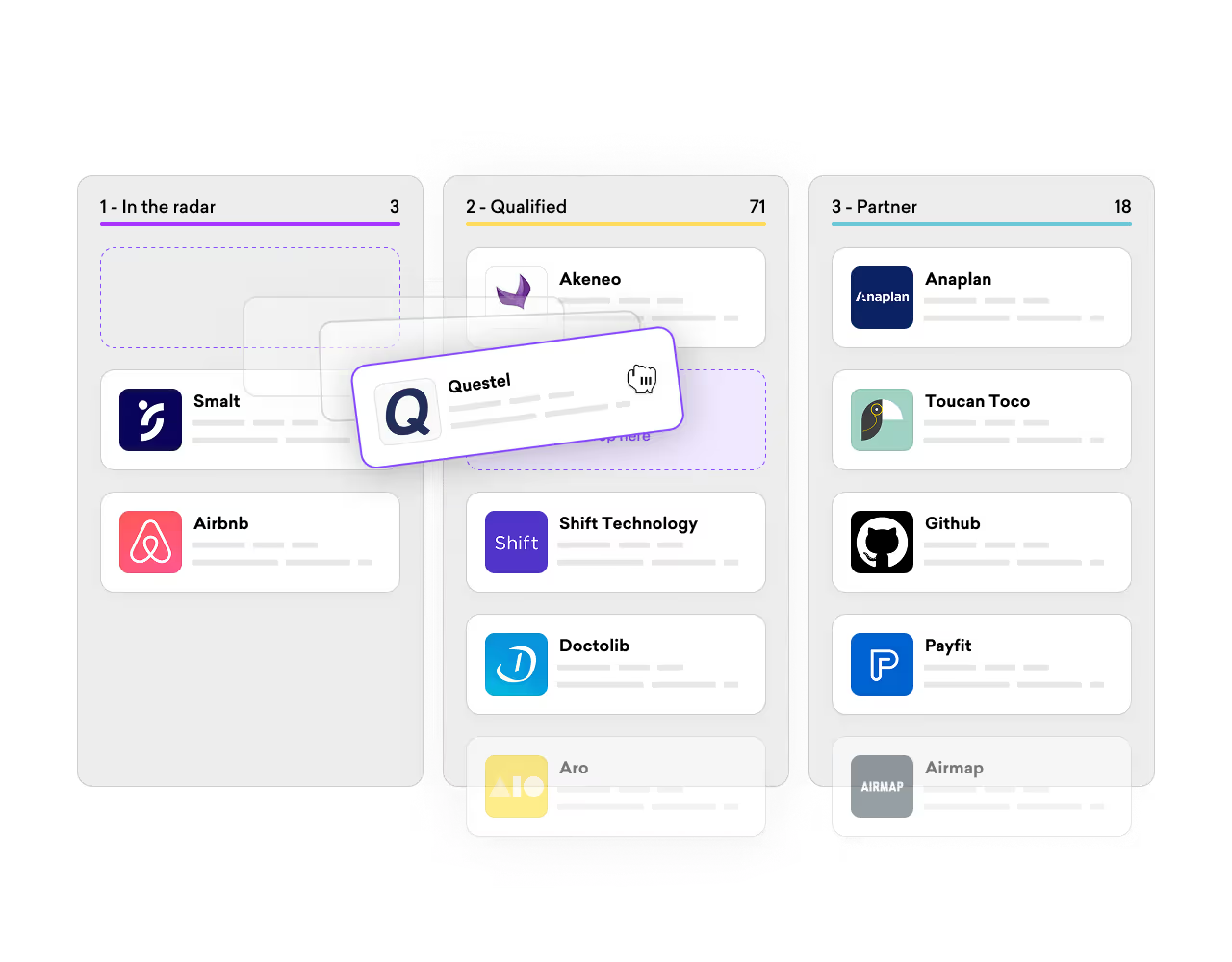What Is Corporate Venturing (And Why It Often Fails in Practice)




Corporate venturing is when established companies build, invest in, or partner with startups to explore new growth opportunities and stay ahead of market disruption.
Corporate venturing gives organizations a way to tap into emerging technologies, new business models, and external talent, faster than traditional R&D. It helps innovation leaders respond to disruption, explore adjacent markets, and future-proof the business.
Building the next breakthrough inside your organization is often slower (and often riskier) than partnering with a startup already doing it.
So what do innovation leaders actually get from venturing programs?
It’s a way to:
But more importantly, venturing has shifted from a competitive edge to a strategic necessity in industries where innovation cycles are shortening, and disruption is constant.
Making it work, however, requires more than just investment, it also demands alignment. One of the most overlooked but critical success factors? Shared KPIs between corporates and startups.
(We cover that in more depth in our guide to startup–corporate collaboration guide, where you’ll learn ow to find and work with the right startup for your business.)
Different models serve different goals, from fueling internal innovation to gaining a competitive edge through external collaboration.
Here are five of the most common types:
Direct investments in startups (typically through a dedicated fund) to gain access to emerging technologies, markets, or business models.
Programs that support early-stage ventures with funding, mentorship, and access to corporate resources. These are ideal for spotting high-potential startups early and shaping their growth trajectory.
Non-equity collaborations to co-develop products, pilot solutions, or explore new markets without the complexity of ownership.
Time-boxed initiatives that tap into external talent (startups, developers, students) to solve specific business challenges or surface unconventional ideas.
Full acquisitions or talent-focused deals designed to quickly integrate new capabilities, technologies, or teams into the core business.
➞ Choosing the right approach depends on your intent, whether it’s speeding up time-to-market, building innovation capacity internally, or staying ahead of disruptive trends. The most mature venturing strategies often mix and match these models over time.
Here’s the truth, regardless if there’s budget and buy-in, most corporate-startup partnerships don't deliver on expectations. And it’s rarely the startup's fault because the root problems aren’t external, they’re internal.
This means that, even with the best intentions, many corporate venturing efforts stall before they deliver real impact.
Here’s where things often go wrong:
Venturing demands infrastructure. Without clear processes to onboard or collaborate with startups, efforts often get tangled in legal reviews, compliance delays, or procurement dead-ends.
When innovation teams are siloed from core business units, the disconnect makes scaling impossible.
Startups move fast. Corporates move cautiously.
This inherent tension (speed vs. control, iteration vs. risk aversion) can create friction if not addressed early. When both sides aren’t aligned on what success looks like, misalignment tends to surface only after time and trust have already been lost.
Too many startups are treated as temporary experiments instead of long-term partners. Promising solutions get stuck in ‘pilot mode’; tested, but never adopted.
Why? Because there’s often no clear path to scale, no executive buy-in, and no cross-functional ownership. Alas, without a post-pilot roadmap, innovation efforts quietly fade into limbo.
Trust breaks down when communication does.
For that reason, startups need fast feedback and clarity on next steps. Instead, they’re often met with slow responses, shifting expectations, or radio silence. Internally, teams may be unsure who owns what, which leads to delays that frustrate everyone involved.
Bottom line: When strategy outpaces execution, even the strongest ideas stall. Avoiding these pitfalls requires more than enthusiasm—it takes structure, clarity, and commitment across the business.
The most successful programs don’t treat startups like vendors (or worse, test subjects). Rather, they treat them like strategic partners from day one.
Want to build that foundation? Here’s how you do it:
Before scouting startups, get your own house in order.
Startups can’t hit a moving target. So make it easy for them to deliver by setting clear parameters from the start.
Venturing isn’t a one-off activity, it’s a system that needs visibility and repeatability.
Platforms like innosabi Startup help you to track and measure Startup activities across one united platform. This way, you can easily organise, review and follow up with your internal and external network of selected start-ups.
That means no more scattered spreadsheets, ad-hoc updates, or innovation theater disguised as progress.

As already mentioned in this article, many programs begin with an intense focus on scouting startups and launching pilots only to lose momentum due to weak internal foundations. What separates scattered efforts from sustained impact is one thing: orchestration.
In other words, successful venturing programs don’t rely on ad-hoc wins. They build a system that can scale.
Here’s what that looks like in practice:
Need help choosing the right KPIs for your innovation program?
This guide breaks down the most relevant metrics — and how to actually use them to track progress, gain buy-in, and make smarter decisions. Explore our guide to Innovation KPIs
Here’s what consistently shows up in programs that actually deliver results:
Explore proven tactics to create an environment where new ideas thrive and innovation becomes everyone’s job. Read the full article on building a successful innovation culture
Here are a two quick real-world corporate venturing examples to show what success looks like across industries:
Each of these corporate venturing examples reflects a tailored approach. What they have in common is that they both succeed because they have clear internal alignment, fast-track workflows, and executive-level sponsorship.
Here are some of the most common questions innovation leaders ask about corporate venturing, useful for any team just getting started.
Open innovation is a broader concept of collaborating beyond company walls, including universities, customers, or startups. Corporate venturing focuses specifically on startup partnerships, often through investments, incubators, or pilots.
Corporate venturing is also known as corporate innovation, corporate-startup collaboration, or strategic venturing. While the terminology varies, the goal is the same: leverage external (or internal) innovation to drive business growth and adaptability.
No. While some corporates invest through CVC arms, many collaborate through non-equity partnerships, pilot programs, or innovation challenges.
Ideally, 8–12 weeks with clearly defined evaluation criteria. Anything longer risks losing momentum or stakeholder interest.
Corporate venturing succeeds when companies build the right foundations—systems that support speed, trust, and long-term collaboration. The most effective leaders embed startup partnerships into the business, not alongside it. They create clarity, reduce friction, and turn innovation into a repeatable outcome.

